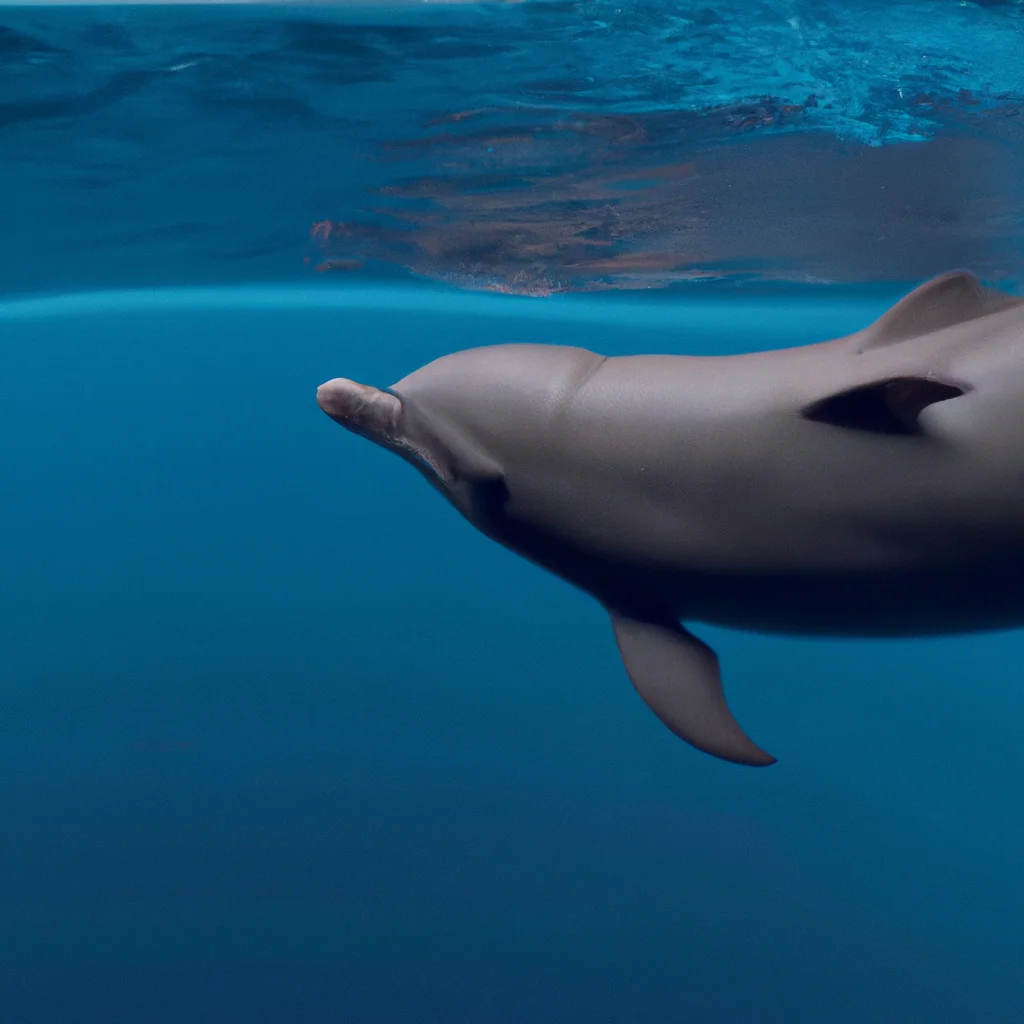How does echolocation work in dolphins?


How does echolocation work in dolphins?
Echolocation is a biological sonar system that dolphins and other marine animals use to navigate, hunt prey, and communicate. This ability is crucial for their survival in the underwater environment, where vision is limited. Dolphins are well-known for their echolocation skills, which allow them to locate objects and animals in their surroundings even in complete darkness. In this article, we will explore how echolocation works in dolphins, including the anatomy and physiology involved, and the implications of this ability for marine biology and animal communication.
Anatomy and Physiology of Echolocation in Dolphins
The process of echolocation in dolphins involves emitting high-frequency sounds and listening for their echoes. This is possible due to a specialized organ called the melon, located in the dolphin’s forehead. The melon is made up of fatty tissues and acts as an acoustic lens, focusing the sound waves emitted by the dolphin. The sound waves travel through the dolphin’s lower jaw to the inner ear, where they are detected by the auditory system. The auditory system is highly adapted to detect and process these sounds, allowing the dolphin to interpret the echoes and determine the location, distance, size, and shape of objects in its environment.
The sound waves emitted by dolphins are usually in the range of 20 to 150 kHz, which is much higher than the range of human hearing (20 to 20 kHz). These high-frequency sounds have shorter wavelengths and can travel longer distances underwater without losing their intensity. This is why echolocation is more effective than vision in murky waters, where light cannot penetrate. Moreover, dolphins can adjust the frequency, duration, and intensity of their clicks according to the distance and size of the target, and the ambient noise level.
Implications of Echolocation in Marine Biology
Echolocation is not only crucial for the survival of dolphins but also for the ecology of the marine environment. Dolphins use echolocation to locate and catch fish, squid, and other prey, which makes them important predators in the food web. However, they also use echolocation to avoid obstacles, navigate through complex environments, and communicate with other dolphins. For example, dolphins can recognize the echolocation signals of their own species and use them to identify individuals, form social bonds, and coordinate their activities.
Moreover, echolocation is not unique to dolphins but is also used by other marine animals such as whales, porpoises, and some species of bats. By studying the echolocation abilities of different species, marine biologists can gain insights into the evolution and adaptation of animal communication systems. In addition, they can develop new technologies inspired by echolocation, such as sonar devices for underwater mapping, navigation, and detection of underwater objects.
Sonar Technology and Animal Communication
Sonar technology is based on the principles of echolocation and has been used by humans for various military, commercial, and scientific purposes. Sonar devices emit sound waves and detect their echoes to create a map of the underwater environment. However, the use of sonar has also been associated with negative effects on marine animals, including dolphins. High-intensity sonar can interfere with the echolocation abilities of dolphins and cause them to become disoriented or even stranded on beaches. Therefore, it is important to regulate the use of sonar and minimize its impact on marine animals.
Animal communication is a complex and fascinating field that involves studying the ways in which animals use signals and cues to convey information and interact with each other. Echolocation is just one example of the many communication systems that animals have developed to adapt to their environments. By understanding the anatomy and physiology of echolocation in dolphins and other marine animals, we can appreciate the diversity and beauty of animal communication and the importance of preserving their habitats and ecosystems.
Recent Posts
How do I create an engaging and informative online quiz or assessment?
Creating an engaging and informative online quiz or assessment can be a powerful tool for… Read More
What are the most effective methods for managing and reducing work-related stress in the hospitality industry?
Work-related stress is a common issue in the hospitality industry, where employees often face long… Read More
How can I improve my assertiveness and communication skills in a leadership position?
In a leadership position, assertiveness and effective communication skills are crucial for success. Being able… Read More
What are the key elements of a successful employee recognition and rewards program?
Employee recognition and rewards programs play a crucial role in motivating and engaging employees, as… Read More
How do I effectively manage and respond to customer feedback and reviews?
Customer feedback and online reviews play a crucial role in shaping a company's reputation and… Read More
What are the best strategies for effective time management as a stay-at-home parent?
Effective time management is crucial for stay-at-home parents who juggle multiple responsibilities on a daily… Read More